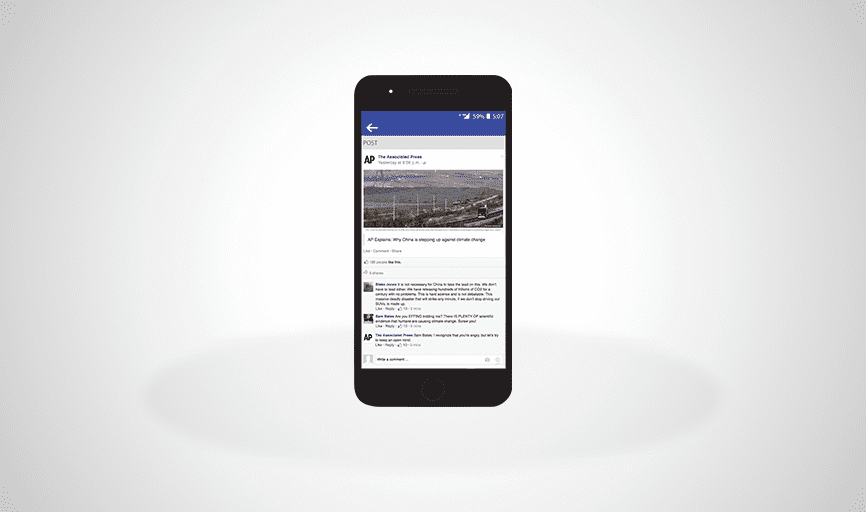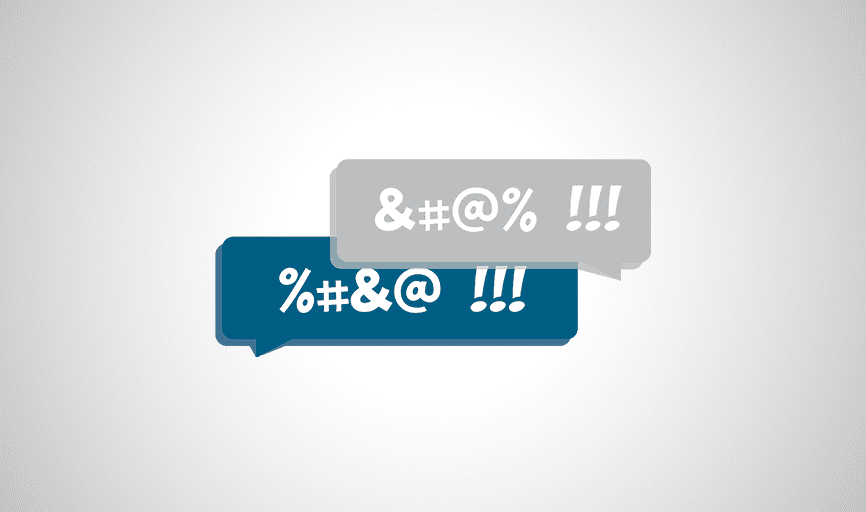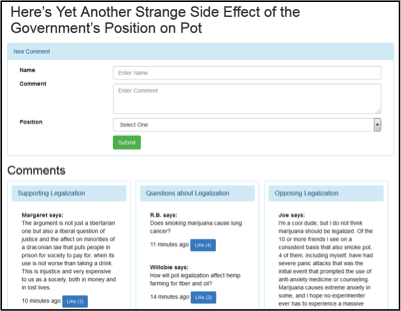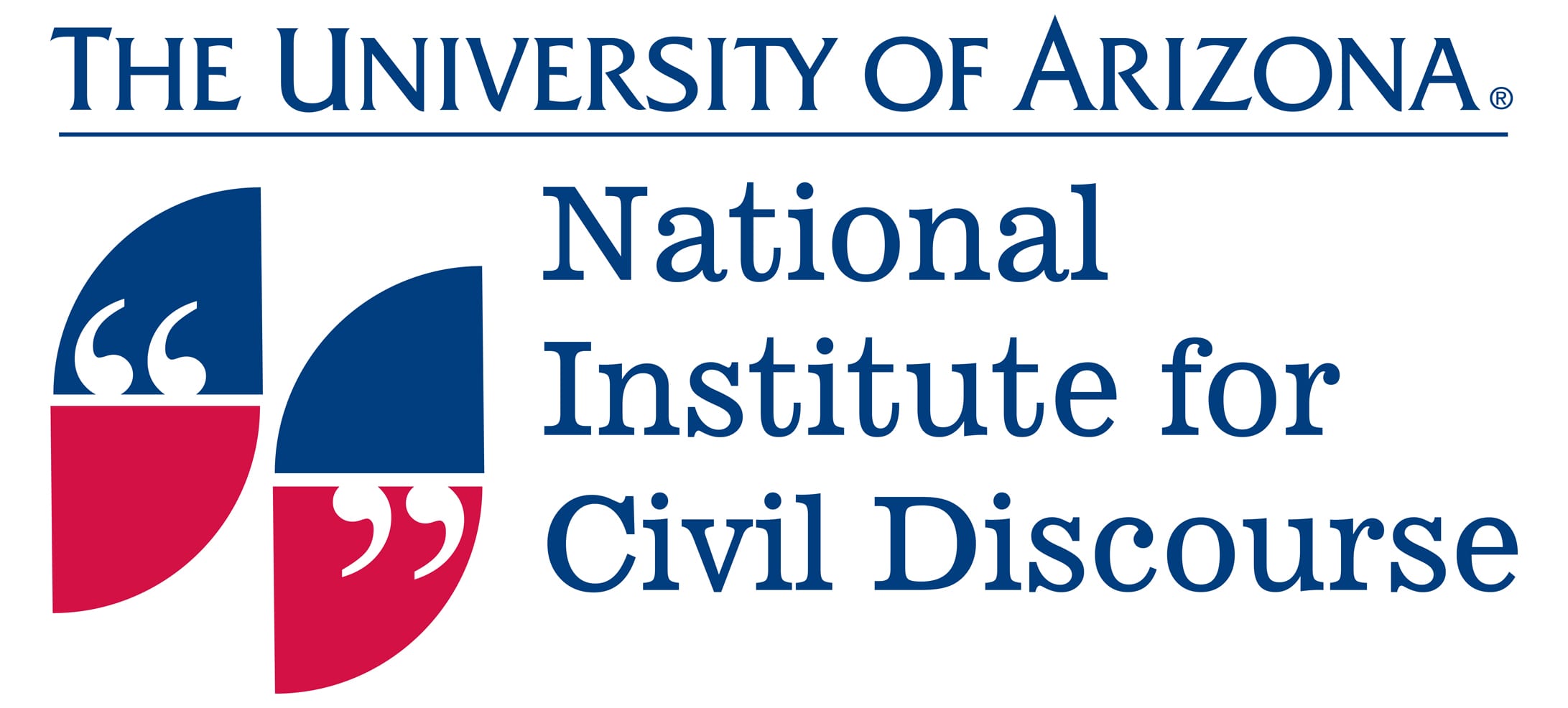Comment Sections

How the Public Views Deletion of Offensive Comment...
The Center for Media Engagement teamed up with researchers in three countries to examine how the public perceives comment deletion and the moderators who do it. Read More

Journalist Engagement in Facebook Comments: Try Ac...
We tested journalist responses to Facebook comments on news stories in order to find out which responses led to more positive perceptions regarding the news outlets and its comment moderation. The messages were tested in the U.S. and Germany to see how well they worked across different cultures. Read More

News Comments: What Happens When They’re Gon...
We worked with 24 Gannett-owned newsrooms and Coral by Vox Media to engage in the most ambitious test to-date of what comment sections mean to news sites. Read More

Moderating Uncivil Comments Hurts Trust In News
The Center for Media Engagement’s previous research showed that uncivil comments can taint the perception of a news site. Now, we look at how those comments affect the moderators of a news site. This study found that uncivil comments: Hurt moderator… Read More

Attacks in the Comment Sections: What It Means for...
In a new study, the Center for Media Engagement looked at how uncivil comments affect perceptions of a news site and ways journalists can address the problem. Read More

Comment Section Survey Across 20 News Sites
We partnered with 20 U.S.-based news organizations to conduct one of the largest-ever surveys of online news commenters. Read More

Journalists and Online Comments
By interviewing working journalists, we learned that they do read the comments and respond to commenters. Read More

10 Things We Learned by Analyzing 9 Million Commen...
This report describes what we learned from analyzing 9,616,211 comments people posted to The New York Times website. Read More

Survey of Commenters and Comment Readers
We describe the demographic makeup, attitudes, and behaviors of the people who comprise the online commenting world. Read More

Background Information & Facts
People are more willing to get involved in political discussion when they're provided with background information containing pro and con arguments. Read More

Restructuring Comment Sections
There are several benefits - and limits - to using a three-column comment section as opposed to using a traditional one-column section. Read More

New Approaches to Comment Moderation
For three months, we attempted to code for incivility within online news comments in new ways. In this progress report, we share thoughts on what worked, what didn't, and what research can be done next. Read More

Journalist Involvement in Comment Sections
Uncivil comments decreased when a journalist interacted with online commenters. Read More

Improving Civil Discourse
We have partnered with the National Institute for Civil Discourse to research how to improve online discourse. We began by reviewing academic research on creating civil online spaces. In the coming months, we will conduct a series of focus groups to understand people's thoughts about discussing politics online. Read More

